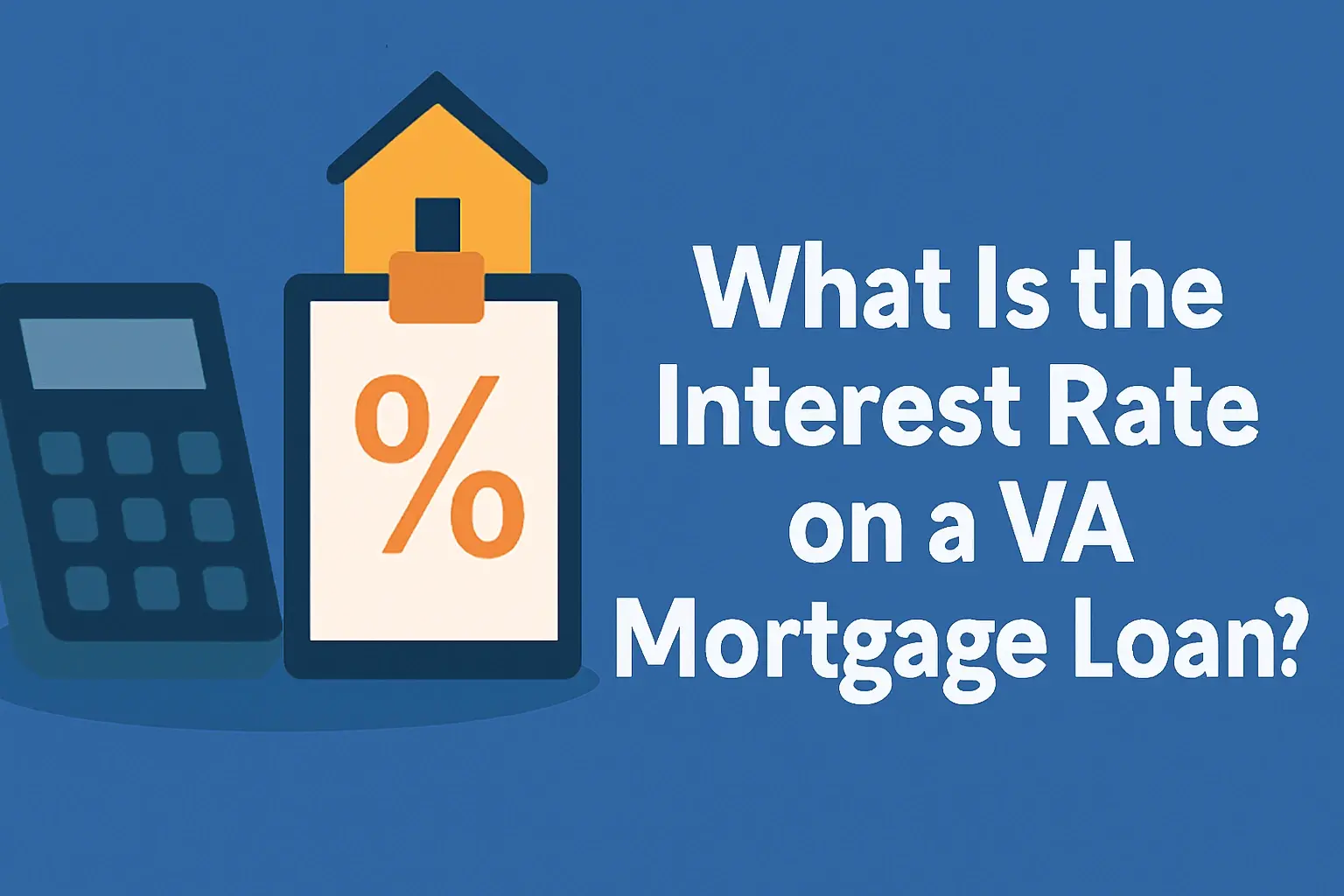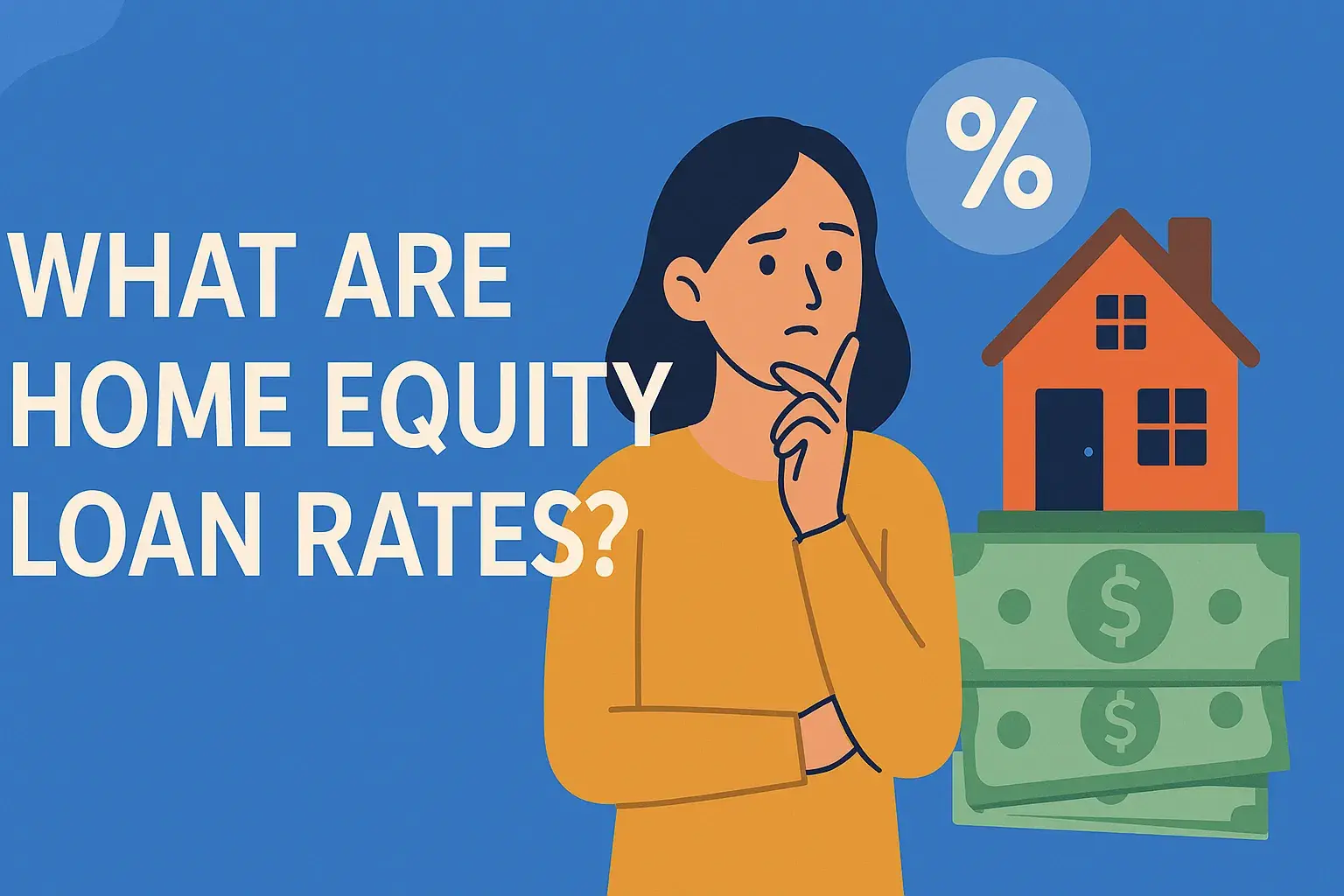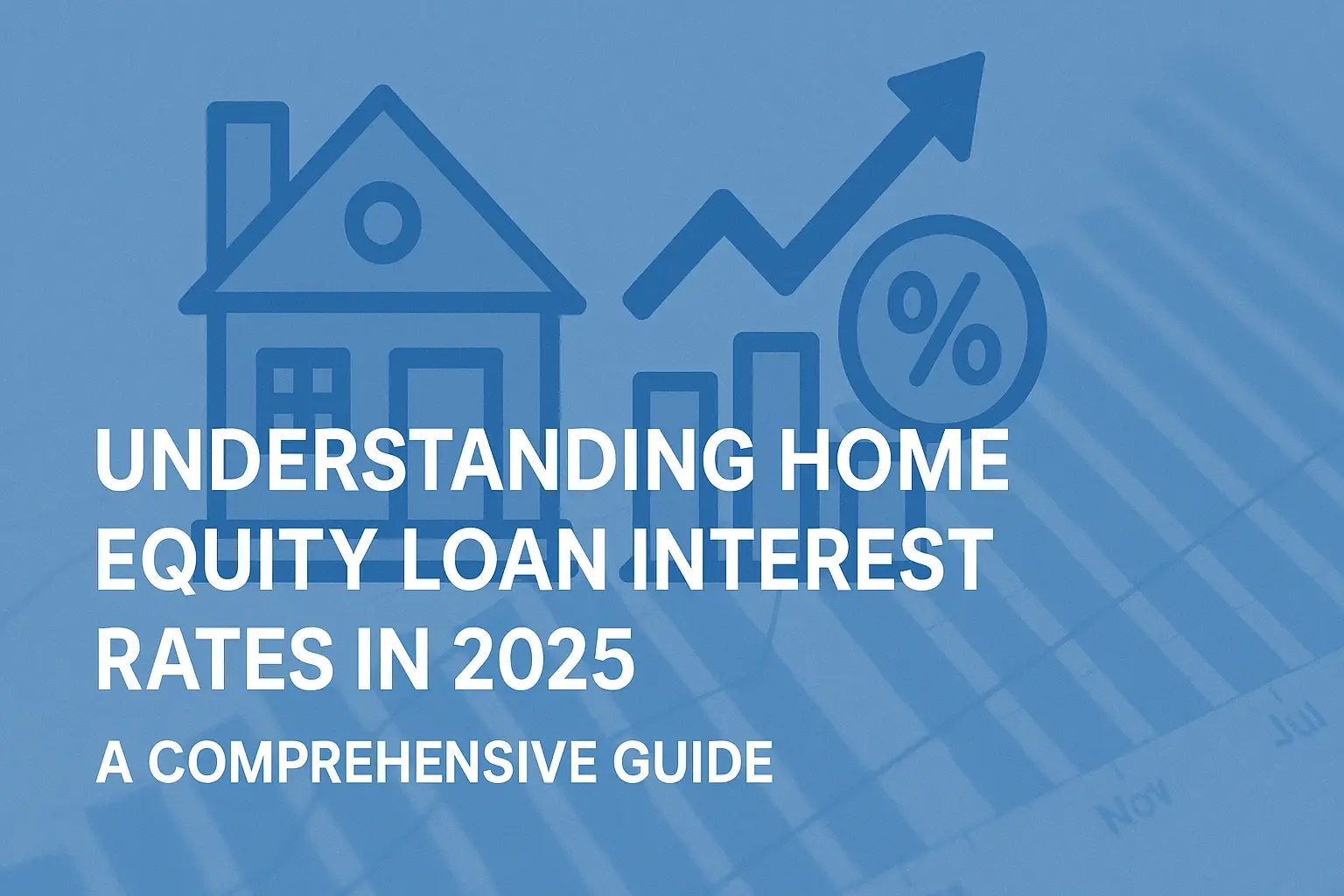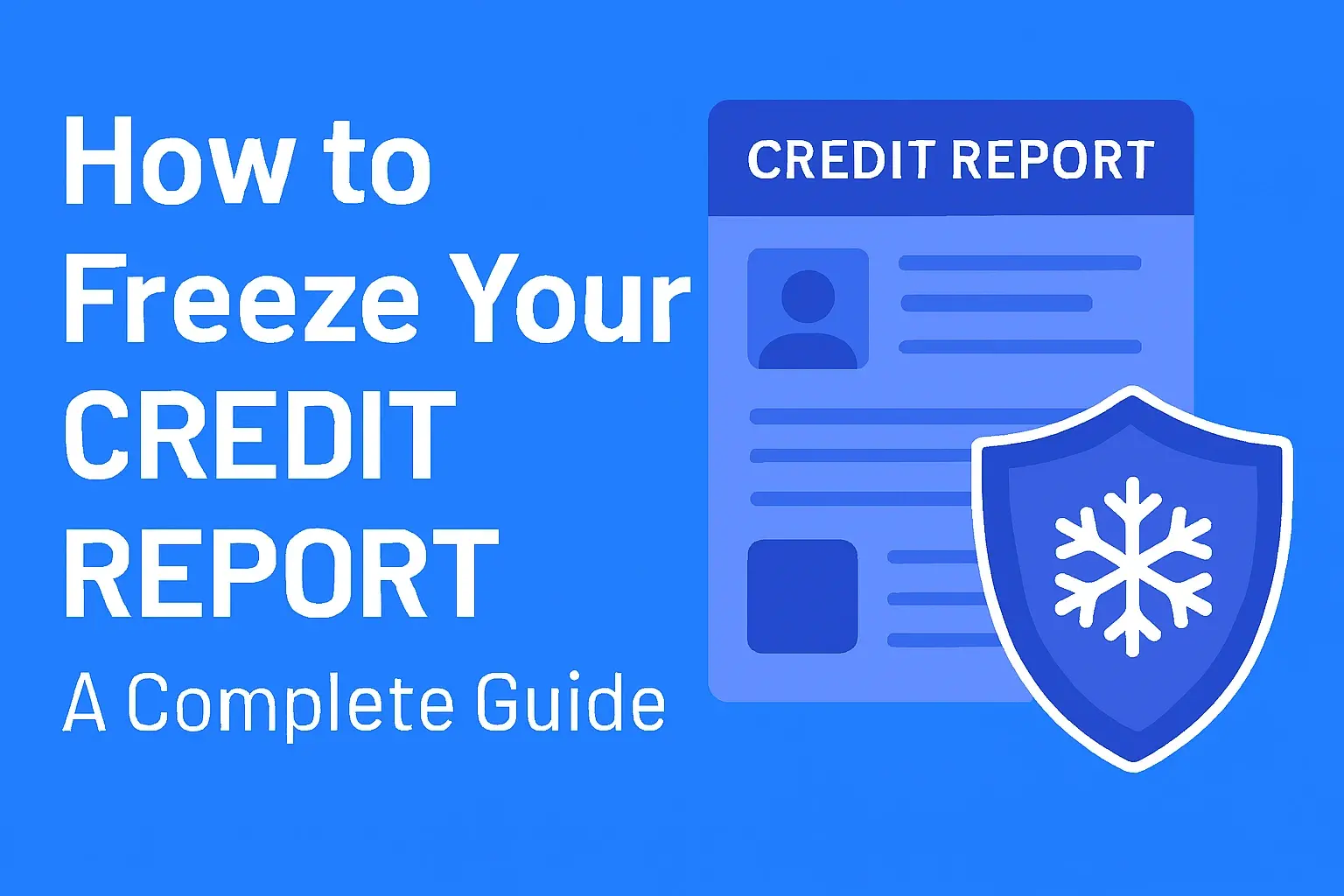-
Posted on: 23 Aug 2024

-
Buying a home is a significant milestone, often representing the largest financial transaction of your life. Navigating the home loan process can seem daunting, but with the right information and preparation, it can be a smooth and successful experience. This comprehensive guide will walk you through each step, from understanding your financial situation to finally closing on your dream home.
1. Assessing Your Financial Situation
Before even considering applying for a home loan, it's crucial to have a clear understanding of your financial health. This involves evaluating your income, debts, credit score, and savings.
1.1 Income and Employment History
Lenders will assess your ability to repay the loan, and a stable income is a primary factor. They'll typically require proof of income, such as pay stubs, W-2 forms, and tax returns, usually covering the past two years. Self-employed individuals will likely need to provide more extensive documentation, including profit and loss statements.
- Stable Employment: A consistent employment history demonstrates reliability.
- Sufficient Income: Ensure your income is adequate to cover monthly mortgage payments, property taxes, and insurance.
- Documentation: Gather all necessary income verification documents in advance.
1.2 Debt-to-Income Ratio (DTI)
Your DTI is the percentage of your gross monthly income that goes towards paying debts, including credit card bills, student loans, car loans, and other recurring obligations. Lenders use DTI to gauge your ability to manage debt. A lower DTI indicates a healthier financial situation.
Calculating DTI: Add up all your monthly debt payments and divide that by your gross monthly income. Multiply by 100 to express it as a percentage.
Example: If your gross monthly income is $5,000 and your total monthly debt payments are $1,500, your DTI is (1500 / 5000) * 100 = 30%.
Most lenders prefer a DTI of 43% or lower. Aim to reduce your debt before applying for a home loan to improve your chances of approval.
1.3 Credit Score and Credit History
Your credit score is a numerical representation of your creditworthiness, and it plays a significant role in determining your interest rate and loan approval. A higher credit score typically leads to lower interest rates, saving you thousands of dollars over the life of the loan.
Credit Score Ranges (FICO):
- Excellent: 800-850
- Very Good: 740-799
- Good: 670-739
- Fair: 580-669
- Poor: 300-579
Improving Your Credit Score:
- Pay Bills on Time: Late payments negatively impact your credit score.
- Reduce Credit Card Balances: Keep your credit utilization ratio (the amount of credit you're using compared to your total credit limit) low. Ideally, aim for below 30%.
- Dispute Errors: Check your credit reports regularly for errors and dispute them with the credit bureaus.
- Avoid Opening New Credit Accounts: Opening multiple new accounts in a short period can lower your credit score.
Obtain a copy of your credit report from all three major credit bureaus (Equifax, Experian, and TransUnion) and review it carefully.
1.4 Down Payment Savings
The down payment is the amount of money you pay upfront towards the purchase of your home. A larger down payment can result in a lower interest rate and eliminate the need for Private Mortgage Insurance (PMI), which can save you money each month.
Common Down Payment Amounts:
- Conventional Loans: Typically require a down payment of 5% to 20%.
- FHA Loans: Offer down payments as low as 3.5%.
- VA Loans: Often require no down payment for eligible veterans.
- USDA Loans: Offer no down payment for eligible rural homebuyers.
Sources of Down Payment:
- Savings: The most common source.
- Gifts: Allowed by most lenders, but specific documentation may be required.
- Down Payment Assistance Programs: Available to eligible first-time homebuyers and low-to-moderate income individuals.
- Retirement Accounts: May be an option, but consider the potential tax implications.
2. Getting Pre-Approved for a Mortgage
Pre-approval is a crucial step in the home-buying process. It involves submitting your financial information to a lender, who then assesses your creditworthiness and provides a preliminary loan approval. This tells you how much you can realistically afford and strengthens your offer when you find a home you want to buy.
2.1 Benefits of Pre-Approval
- Knowing Your Budget: Determines the maximum loan amount you qualify for, helping you focus on homes within your price range.
- Strengthening Your Offer: Shows sellers you're a serious buyer with financing in place.
- Faster Closing Process: Streamlines the loan application process once you've found a home.
- Negotiating Power: Knowing your budget allows you to negotiate with confidence.
2.2 Documents Required for Pre-Approval
Be prepared to provide the following documents to your lender:
- Proof of Income: Pay stubs, W-2 forms, tax returns.
- Bank Statements: Demonstrates your savings and financial stability.
- Credit History: Lenders will pull your credit report, but it's helpful to review it beforehand.
- Asset Information: Statements for retirement accounts, investment accounts, and other assets.
- Identification: Driver's license or other government-issued ID.
2.3 Choosing a Lender
Shop around for the best interest rates and loan terms. Consider the following types of lenders:
- Banks: Offer a wide range of loan products and services.
- Credit Unions: Often provide competitive rates and personalized service.
- Mortgage Companies: Specialize in mortgage lending and may offer more flexible options.
- Online Lenders: Can provide convenient and competitive rates.
Compare interest rates, fees, loan terms, and customer service before making a decision.
3. Understanding Different Types of Home Loans
There are various types of home loans available, each with its own features, eligibility requirements, and advantages. Understanding these options will help you choose the loan that best suits your needs.
3.1 Conventional Loans
Conventional loans are not backed by a government agency and typically require a higher down payment and good credit. They are available in both fixed-rate and adjustable-rate options.
Key Features:
- Down Payment: Typically 5% to 20%.
- Credit Score: Generally requires a good to excellent credit score.
- PMI: Required if the down payment is less than 20%.
3.2 FHA Loans
FHA loans are insured by the Federal Housing Administration (FHA) and are designed to help first-time homebuyers and those with lower credit scores qualify for a mortgage. They offer lower down payment options and more flexible credit requirements.
Key Features:
- Down Payment: As low as 3.5%.
- Credit Score: More lenient credit score requirements.
- Mortgage Insurance: Required for the life of the loan, regardless of the down payment amount.
3.3 VA Loans
VA loans are guaranteed by the Department of Veterans Affairs (VA) and are available to eligible veterans, active-duty military personnel, and surviving spouses. They often require no down payment and offer competitive interest rates.
Key Features:
- Down Payment: Typically no down payment required.
- Credit Score: More lenient credit score requirements.
- Funding Fee: A one-time fee paid to the VA, which can be rolled into the loan amount.
3.4 USDA Loans
USDA loans are guaranteed by the U.S. Department of Agriculture (USDA) and are available to eligible homebuyers in rural areas. They offer no down payment options and are designed to promote homeownership in rural communities.
Key Features:
- Down Payment: Typically no down payment required.
- Location Restrictions: Property must be located in a USDA-eligible rural area.
- Income Limits: Household income must meet certain requirements.
3.5 Fixed-Rate vs. Adjustable-Rate Mortgages
Fixed-Rate Mortgages: The interest rate remains constant throughout the loan term, providing predictable monthly payments. Good for borrowers who prefer stability and predictability.
Adjustable-Rate Mortgages (ARMs): The interest rate is initially fixed for a certain period, then adjusts periodically based on a benchmark index. May offer lower initial interest rates, but the rate can increase over time. Good for borrowers who plan to move or refinance before the rate adjusts.
4. The Home Loan Application Process
Once you've chosen a lender and found a home you want to buy, you'll need to complete the formal loan application process.
4.1 Completing the Loan Application
The loan application requires detailed information about your finances, including your income, assets, debts, and employment history. Be prepared to provide supporting documentation to verify the information you provide.
4.2 Underwriting Process
Underwriting is the process by which the lender verifies your information and assesses the risk of lending you money. The underwriter will review your credit report, income documentation, and appraisal to determine if you meet the lender's requirements.
4.3 Appraisal
The lender will order an appraisal to determine the fair market value of the property. The appraisal ensures that the home is worth the amount you're borrowing and protects the lender's investment.
4.4 Loan Approval
If the underwriting process is successful and the appraisal is satisfactory, the lender will issue a loan approval. The loan approval will outline the loan terms, including the interest rate, loan amount, and repayment schedule.
5. Closing on Your Home Loan
Closing is the final step in the home-buying process, where you sign the loan documents and transfer ownership of the property. Be prepared to pay closing costs, which can include lender fees, appraisal fees, title insurance, and other expenses.
5.1 Reviewing the Closing Disclosure
You'll receive a Closing Disclosure (CD) at least three business days before closing. The CD outlines the final loan terms, closing costs, and cash to close. Review it carefully and compare it to the Loan Estimate you received earlier in the process. Contact your lender immediately if you have any questions or concerns.
5.2 Signing the Loan Documents
At closing, you'll sign a stack of loan documents, including the mortgage note, deed of trust, and other legal agreements. Read each document carefully before signing, and don't hesitate to ask questions if anything is unclear.
5.3 Paying Closing Costs
You'll need to pay your closing costs at closing, either by wire transfer or certified check. Make sure you have the funds available and understand the exact amount required.
5.4 Receiving the Keys
Once the loan is funded and the deed is recorded, you'll receive the keys to your new home! Congratulations!








